On a humid Friday evening in Bangkok, a 29-year-old marketing executive taps through her banking app. She’s just paused her subscription to a second-tier streaming platform and declined an invite to a weekend brunch. But on her walk home, she stops at the Dior counter and buys a lipstick she’s been eyeing for weeks. It’s the one indulgence she’s allowed herself this month. “I cut back on everything else,” she tells a colleague. “This just makes me feel like me.”
Her behavior isn’t an anomaly – it’s a signal. Around the world, consumers are quietly renegotiating the terms of luxury. While macroeconomic forces push people to trim budgets, many are still carving out space for small, strategic indulgences. Austerity no longer looks like elimination; it looks like prioritization.
Call it frugal luxe, quiet indulgence, or strategic spending – this is not irrational behavior, but a recalibrated consumption model shaped by emotional utility and financial realism. Consumers are trading down in broad categories – opting for private-label groceries, reducing ride-hailing use, canceling entertainment bundles – yet they’re unwilling to let go of the symbols that anchor identity, aspiration, or routine.
The global backdrop is undeniable: inflation remains sticky in many economies, wages are lagging, and discretionary income is under strain. In the U.S., the consumer savings rate hovers below pre-pandemic norms. In Southeast Asia, rising living costs are altering middle-class consumption. In the U.K., nearly half of adults report having to cut back on non-essential purchases. And yet, prestige beauty sales are rising. High-end skincare, fragrance, and entry-point luxury fashion continue to perform.
This isn’t a contradiction. It’s a redefinition of value. And the brands that thrive in this moment won’t be those who offer the cheapest price – but those who understand the psychology of what consumers are still willing to pay for.
Because in an era of smarter spending, winning share of wallet means first earning a place in the consumer’s hierarchy of emotional needs.
The Rise of Frugal Luxe – A Global Snapshot
What began as anecdotal “lipstick effect” spending has evolved into a full-fledged global pattern: consumers are not abandoning consumption – they’re curating it. The frugal luxe mindset is not about depriving oneself, but about making deliberate, emotionally resonant choices under constraint.
Across geographies, data shows a clear shift. McKinsey’s 2024 Global Consumer Sentiment Survey found that 72% of consumers across developed and emerging markets report adjusting their spending behaviors, with the most common action being the substitution of high-cost items for lower-cost alternatives – except in categories they deemed “self-care” or “identity-reinforcing.” In Southeast Asia, a Bain & Company study noted that while middle-class households are spending less on dining out, they are spending more on skincare, small electronics, and niche fashion – categories where brand and aesthetic still hold value. In the U.S., prestige beauty grew 14% year-over-year in 2023, even as overall discretionary spending declined. In the U.K., Boots saw record sales in luxury fragrances priced under £50, many sold alongside budget groceries.
This is not a repeat of post-2008 frugality. Then, the consumer response was often to pull back across the board, saving as a virtue. Today’s frugality is more calculated than moralistic – and driven by a more sophisticated understanding of trade-offs. It’s not about saving for saving’s sake; it’s about cutting what doesn’t serve and keeping what does. That distinction is critical.
The economic pressures underlying this shift are real and persistent. Inflation has plateaued but remains elevated in key markets. Real wage growth is marginal. In many urban centers, rent and utility costs are consuming a larger share of monthly income than at any time in the past decade. But consumers are not reacting passively. They are actively reshaping their personal economies, determining where to trade down and where not to compromise.
Crucially, frugal luxe behavior is not confined to one cohort. Gen Z is driving it with curated shopping habits and value-hunting sophistication, but Millennials and even Gen X are adopting similar strategies. What’s shared is the intentionality. Consumers are no longer passively consuming – they are performing economic self-optimization, informed by a steady stream of content that frames “smart spending” as a lifestyle.
Platforms like TikTok and Instagram have normalized “dupe culture” – where users show off how they scored a product that looks like luxury but costs a fraction. Yet in the same feed, those same users will unbox a full-priced Diptyque candle or a single-item designer purchase. The message is not “buy less,” it’s “buy selectively.”
Globally, this has begun to reshape categories. In Japan, the longstanding culture of quality-over-quantity spending (known as shinayakana seikatsu) has found resonance with a younger generation of minimalists who still value premium skincare. In India, beauty brands are reporting a decline in full-sized product sales, but a rise in discovery kits and refillables. In Brazil, mid-market fashion is struggling while resale luxury and independent accessories brands thrive.
Across markets, the conclusion is the same: value is no longer binary. It’s not “luxury vs. bargain” – it’s “what justifies its place in my life?” Brands that misread this as simple downtrading risk irrelevance. Those who tune into this nuance will find opportunity – not just to sell more, but to sell smarter.
The Psychology Behind It – Why We Splurge While We Cut
At first glance, the frugal luxe mindset seems contradictory: a consumer balks at a $6 coffee subscription but buys a $75 serum without hesitation. Economically, it’s inconsistent. Psychologically, it’s perfectly rational.
This is where market dynamics intersect with behavioral economics. In times of uncertainty, people tend to seek out control, reward, and reinforcement – especially when broader financial agency feels compromised. These micro-luxuries become not just products, but emotional instruments: ways to reassert identity, regain a sense of choice, and anchor personal value.
Historically, this has played out before. The “lipstick effect” – a term coined during the early 2000s recession and later observed after 9/11 and in the 2008 financial crisis – described how consumers cut back broadly but still spent on small luxury items, particularly in the beauty category. Today’s version is more sophisticated. It’s not just about lipstick. It’s about emotional return on investment.
This is emotional ROI at work: the subconscious calculation consumers make when deciding whether something is “worth it” not just financially, but emotionally. That $75 serum isn’t just skincare – it’s a commitment to self-care. A branded candle isn’t just scent – it’s sanctuary in a chaotic world. These purchases are rarely made out of impulse alone. They’re rationalized, budgeted, even anticipated. In that sense, they offer the predictability that macroeconomic conditions lack.
Research from Deloitte confirms this. In a 2023 global consumer survey, 64% of respondents said they were more likely to buy products that made them feel emotionally secure, even if those products were non-essential. The strongest responses came from younger consumers, who reported using small purchases as a way to cope with financial stress and identity instability. This is less about indulgence, and more about calibration: consumers are rebalancing their mental and emotional portfolios as much as their financial ones.
Psychologists also point to the role of aspirational continuity. Consumers may be delaying larger goals – home ownership, international travel, luxury fashion – but they still want symbols of progress. A small luxury becomes a token of staying on track. This is particularly pronounced in status-driven categories like fragrance, skincare, and branded accessories, where even a single item can carry heavy semiotic weight.
There’s also a visibility factor. In the age of social media, consumer choices are publicly narrated. Selective spending allows people to maintain an aesthetic or aspirational identity while privately cutting costs elsewhere. In effect, frugal luxe is not just a financial strategy – it’s also a performance of resilience.
Understanding this nuance is critical for brand strategists. Consumers are not spending irrationally. They are optimizing emotional impact per dollar, seeking meaning, identity, and autonomy through purchases that feel earned – even if they seem extravagant on paper.
For brands, the opportunity lies not in asking, “Will they buy?” but “What role does this play in how they see themselves?”
Case Study: ASAI Hotels and the Art of Intentional Hospitality
Image credit: ASAI Hotels
In a market where consumers are trimming excess but still seeking meaning, ASAI Hotels offers a blueprint for how travel brands can deliver premium experience without premium pricing. Launched by Dusit International in 2020, ASAI was purpose-built for the frugal luxe traveler – those who want design, culture, and quality, but none of the gilded frills.
Instead of scaling luxury down, ASAI redefines it. Properties are lean by design – compact rooms, limited staff, no banquet halls or sprawling lobbies – but everything a modern traveler values is thoughtfully elevated. Beds are comfortable, showers rainfall, Wi-Fi fast. Public areas double as co-working spaces and social hubs. And in a strategic move that’s as cultural as it is commercial, each hotel is embedded in a local neighborhood, with a restaurant curated by local chefs and partnerships with nearby artisans, vendors, and guides.
This is not budget travel in disguise. It’s travel edited with intention. ASAI’s Bangkok Sathorn location opened with rates under USD $50 – a striking value in one of Asia’s most visited cities – but paired with Michelin-linked cuisine and locally inspired interiors. Guests don’t feel like they’re compromising. They feel like they’ve discovered something smarter.
What sets ASAI apart isn’t just the product – it’s the philosophy. From agile pricing packages to curated local experiences, the brand is engineered for the consumer who’s making trade-offs, but still wants to feel indulgent. Flexible cancellation policies, digital check-in, and concierge-style staff interactions cater to the desire for both control and care.
And it’s working. ASAI properties consistently receive high ratings for value, design, and service. The brand has expanded beyond Thailand into Japan and the Philippines, proving that its blend of affordability and authenticity has cross-border appeal.
In an era where travel is more intentional, ASAI has found the sweet spot: luxury reimagined as locality, quality, and thoughtful restraint. It’s a case study in what happens when hospitality listens closely – not just to how much travelers want to spend, but to what they want that spending to feel like.
Frugal Luxe in Practice – How It’s Changing Beauty, Fashion, and Travel
The frugal luxe mindset isn’t just influencing what people buy – it’s reshaping entire industries in how they develop, price, and market their offerings. Nowhere is this more visible than in beauty, fashion, and travel – sectors that sit at the intersection of identity, aspiration, and everyday ritual.
Beauty: Dupes and Devotion
Beauty is perhaps the clearest expression of frugal luxe in action. Consumers are cutting costs in functional skincare – opting for no-frills, dermatologist-backed drugstore brands – while still spending on hero products and signature scents. The rise of “dupe culture” – where TikTok influencers promote affordable versions of luxury products – hasn’t killed premium beauty. Instead, it has redefined what’s worth paying full price for.
Take Rare Beauty, which straddles affordability and prestige with minimalist packaging and emotionally resonant branding. In Southeast Asia, Korea’s Olive Young chain is thriving by offering shoppers both budget K-beauty staples and cult-favorite luxury imports. Meanwhile, direct-to-consumer platforms like Beauty Pie (UK) allow users to subscribe to access prestige formulas at wholesale prices – frugality without sacrifice.
Sales figures reflect this duality. While mass beauty volumes have remained flat, prestige beauty in the U.S. grew 14% in 2023 – driven not by breadth, but by a focus on high-performing or emotionally charged SKUs. The consumer isn’t buying more. They’re buying more intentionally.
Fashion: Capsule Thinking and Conscious Curating
In fashion, consumers are trading volume for selectivity. Capsule wardrobes – minimalist, mix-and-match collections anchored by a few standout pieces – are on the rise. Luxury resale platforms like Vestiaire Collective and The RealReal are growing in both inventory and credibility, as consumers seek quality without the markup. The resale market is projected to double by 2027, according to ThredUp’s 2024 report.
Brands are adapting. Zara has introduced higher-end “premium” capsules. COS and Arket are elevating materials and tailoring. In Asia, Taobao’s Luxury Pavilion is bridging mainstream ecommerce with designer credibility. The common thread is discretion over display. Quiet luxury, less logo-heavy but still recognizably refined, appeals to a frugal luxe buyer who wants lasting value, not viral novelty.
Fast fashion isn’t dead – but it’s being used differently. Consumers might wear high-street basics for casual or invisible moments, while saving higher-priced pieces for more visible or identity-expressive occasions. Spending is being segmented not by category, but by context.
Travel: Trade-Offs, Not Cutbacks
Even in the travel sector – often the first to be trimmed during downturns – frugal luxe is shifting patterns. Consumers are taking fewer trips, but spending more on personalization, experience, and wellness. Budget flights are paired with boutique hotels. Three-day getaways are traded up with Michelin-starred meals or spa packages. Travel is no longer about how far, but how meaningful.
Brands are adjusting accordingly. Luxury travel providers are offering shorter packages with high-touch service. Airlines are upselling “premium economy” tiers with lounge access and upgraded meals. The success of Airbnb Luxe and wellness retreats like Aman Essentials shows that even value-conscious travelers are willing to invest – if the experience feels transformative.
Even Google searches reflect the pivot. In 2024, searches for “affordable luxury travel” and “best value boutique hotels” outpaced traditional terms like “cheap flights” or “budget vacations.” The language of frugality is evolving, and so are the offerings designed to meet it.
How Brands Are Adapting – Strategy Shifts Across the Market
Brands that once relied on abundance, visibility, or exclusivity are now being challenged to respond to a consumer who shops with intent, scrutinizes value, and mixes luxury with restraint. Frugal luxe doesn’t mean less opportunity – it means a demand for sharper, more strategic brand behavior.
In beauty, fashion, and consumer goods, companies are rethinking not only pricing architecture, but positioning, messaging, and innovation pipelines. Tiered offerings – once used to ladder customers into prestige pricing – are now reversed. Entry-level luxury products are becoming lead sellers, not loss leaders. Dior’s Addict Lip Glow, Chanel’s Les Beiges Water Tint, and Le Labo’s travel-size scents are all examples of luxury distilled into a smaller, more accessible form – without losing cachet.
This has led to a rise in what analysts call “masstige”: prestige aesthetics at mass-market prices. But masstige has matured. It’s no longer about watered-down versions of designer goods. It’s about embedding value signals – ingredient quality, design, performance – into more approachable formats. Think of Glossier’s minimalist packaging, or Uniqlo U’s designer-led capsule collections. Even Apple has leaned into this zone, positioning older iPhone models as aspirational entry points for Gen Z.
Luxury groups are also evolving. LVMH and Kering have emphasized scarcity, small drops, and storytelling – leveraging limited availability over scale. On the other end, mass retailers are racing to elevate their image: Target’s partnership with designer brands, Boots stocking premium beauty, and H&M launching higher-end home collections. Everyone is meeting in the middle, because that’s where the frugal luxe consumer lives.
Pricing strategy is only part of the story. Messaging has also shifted from status to discernment. Ads no longer shout. They whisper – implying intelligence, curation, and insider knowledge. Brands are moving away from overt luxury cues and toward emotional narratives: empowerment, craftsmanship, quiet confidence. This reflects a deeper shift: luxury is no longer about proving wealth. It’s about affirming self-worth in an uncertain world.
Technology is helping brands track these nuances in real time. AI tools allow marketers to test price elasticity across segments, optimize product mix, and personalize offers based on behavioral signals. Subscription data, refill rates, and post-purchase engagement now drive product development cycles more than focus groups. This enables continuous recalibration of what the customer considers “worth it.”
Even loyalty programs are being reimagined. Cashback is no longer compelling. Instead, brands offer early access, customization, or social recognition. For a frugal luxe consumer, feeling valued is more motivating than saving money.
Some of the smartest adaptations are happening in emerging markets, where middle-class consumers are under greater financial pressure – but no less brand-attuned. In India, Nykaa uses data-driven bundling to pair affordable essentials with aspirational trial-size products. In Vietnam, localized DTC brands position themselves as “premium but practical.” In Mexico, curated marketplace models are growing – offering shoppers a mix of imported luxury and local craftsmanship at frictionless prices.
The core shift is this: consumers are no longer trading down because they’re disengaged from brands. They’re trading strategically because they’re more discerning. To win this audience, brands must think less about price points and more about permission – have you earned the right to be their one splurge?
That’s a higher bar – but a more loyal customer when cleared.
Research and Innovation in the Frugal Luxe Era
To adapt to the frugal luxe consumer, brands need more than instinct – they need precision. The same buyers who once followed broad loyalty patterns are now driven by a mix of psychology, price sensitivity, and emotional return. Understanding where they draw the line between indulgence and excess requires a new kind of consumer insight – one grounded in nuance, not averages.
That’s why the most future-focused brands are turning to agile, continuous research models. Traditional quarterly surveys and segmentation reports can’t keep pace with fast-changing consumer behavior. Instead, leading companies are investing in longitudinal panels, rapid user testing, and scenario-based modeling to predict what consumers will splurge on next – and what they’ll drop without hesitation.
In beauty, brands like Sephora and Charlotte Tilbury use shopper feedback loops tied to SKU-level sales data to refine product mix in real time. In fashion, resale platforms analyze upload frequency and price elasticity to anticipate consumer fatigue or desire. And in luxury travel, customer journey mapping isn’t just about destinations – it tracks sentiment shifts around personalization, sustainability, and perceived self-reward.
Beyond product, brands are rethinking innovation itself. Design-to-value models, once reserved for industrial engineering, are now being applied to consumer goods – ensuring that every feature, material, and format in a product serves either performance or emotional payoff. Packaging is lighter, messaging more focused, and hero SKUs are prioritized over bloated portfolios.
This moment also invites rethinking how value is communicated. Research shows that consumers are more likely to buy when they feel “in on the decision” – when the brand speaks to them as collaborators, not targets. That means transparent storytelling about sourcing, science, and savings – not just brand heritage or exclusivity.
In the frugal luxe economy, innovation isn’t about premiumization for its own sake. It’s about designing products and experiences that feel earned. And the brands that lead won’t be those who guess right – but those who listen smarter.
Frugality as a Lifestyle, Not a Phase
What began as a reactive shift in consumer behavior is fast becoming a structural one. Frugality is no longer seasonal or circumstantial – it is being integrated into the architecture of daily decision-making. The frugal luxe mindset isn’t a temporary belt-tightening – it’s a new blueprint for value.
In this emerging paradigm, traditional market signals are losing their predictive power. Income is no longer a reliable proxy for spending intent. Brand awareness doesn’t guarantee brand loyalty. Even sentiment data, unless layered with behavioral nuance, risks misdiagnosis. Consumers are more fluid than the models designed to capture them.
For strategists and researchers, this demands a reset. Legacy frameworks built around “value vs. premium” binaries or static personas can’t keep up with a consumer who is simultaneously trading down and trading up – sometimes in the same basket. The next generation of research will need to map micro-intentions: how consumers compartmentalize indulgence, what triggers rationalization, and which categories become immune to compromise.
Foresight leaders are already shifting from tracking what people buy to decoding why they justify it. That requires not just data, but empathetic intelligence – a blend of qualitative depth, contextual listening, and scenario-based modeling that captures the emotional calculus behind the cart.
The question for brands is no longer “how do we sell more?” It’s “how do we matter in a world where fewer things get bought, but those few are chosen with surgical precision?”
Because frugal luxe isn’t just a response to economic pressure – it’s a reflection of cultural evolution. Consumers aren’t retreating. They’re refining. And the brands that rise to meet them will be those that understand the mindset behind the money – not just the movement of it.
Stay ahead
Get regular insights
Keep up to date with the latest insights from our research as well as all our company news in our free monthly newsletter.
![]()
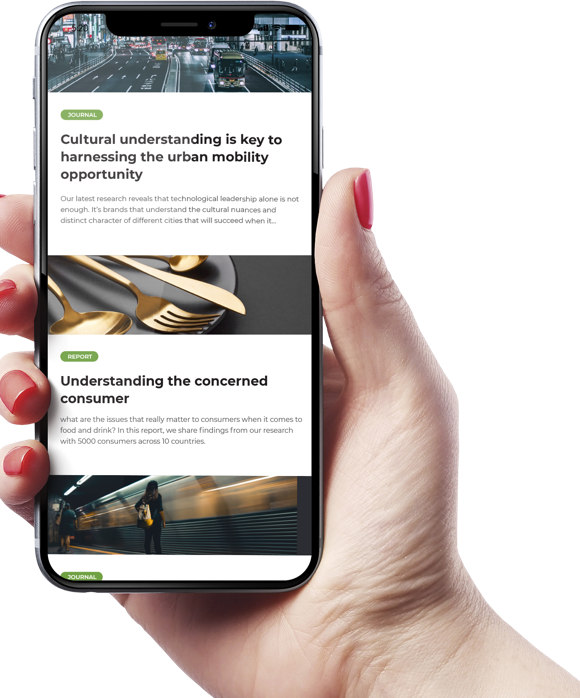


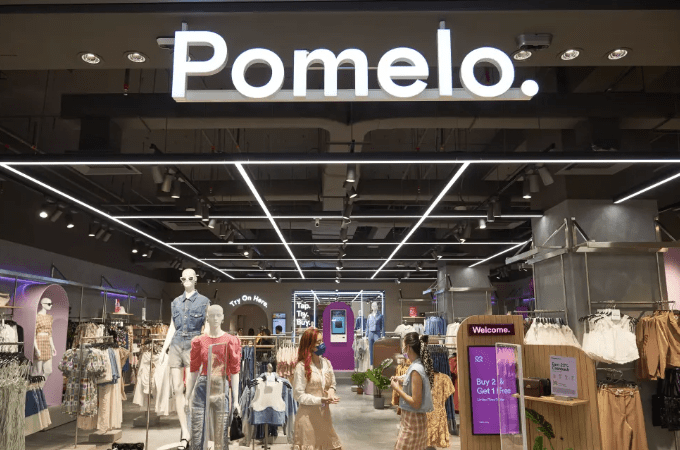







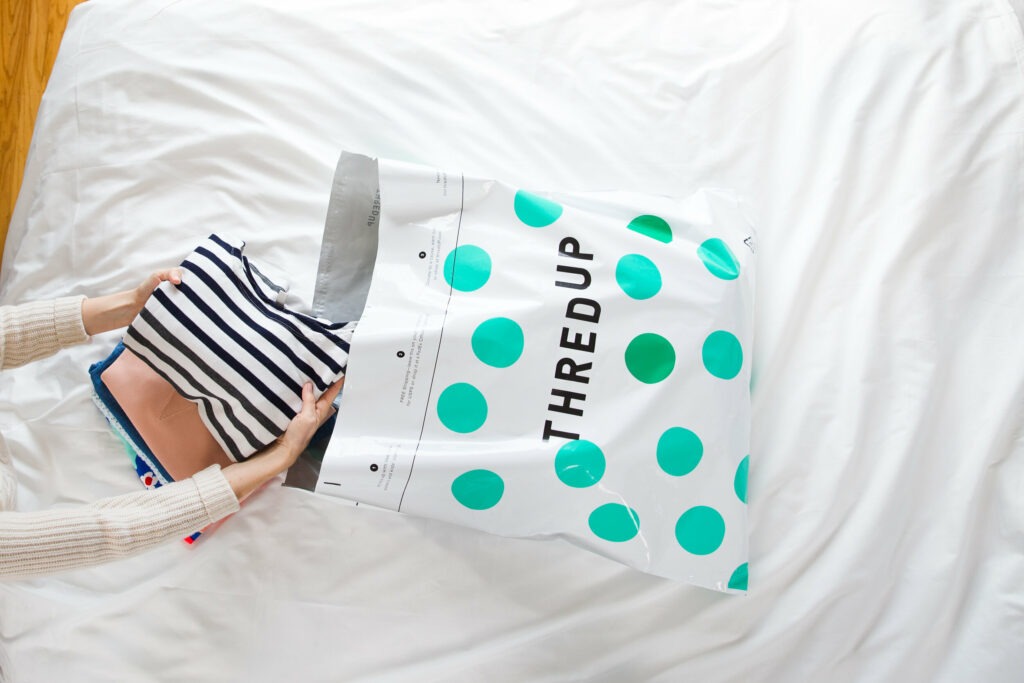



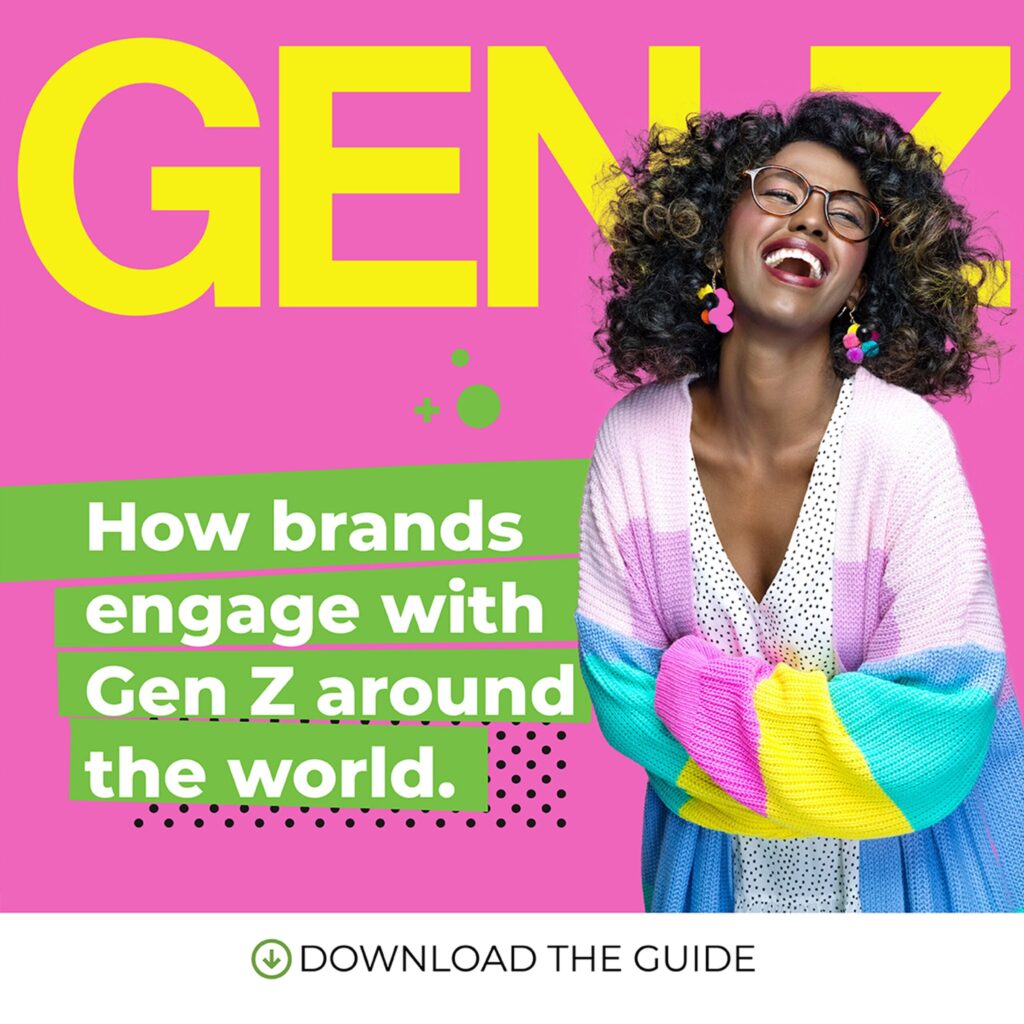

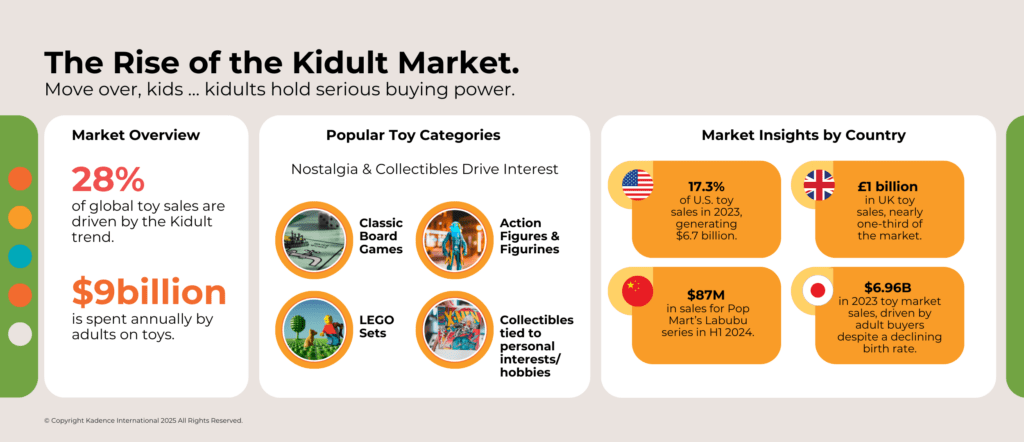

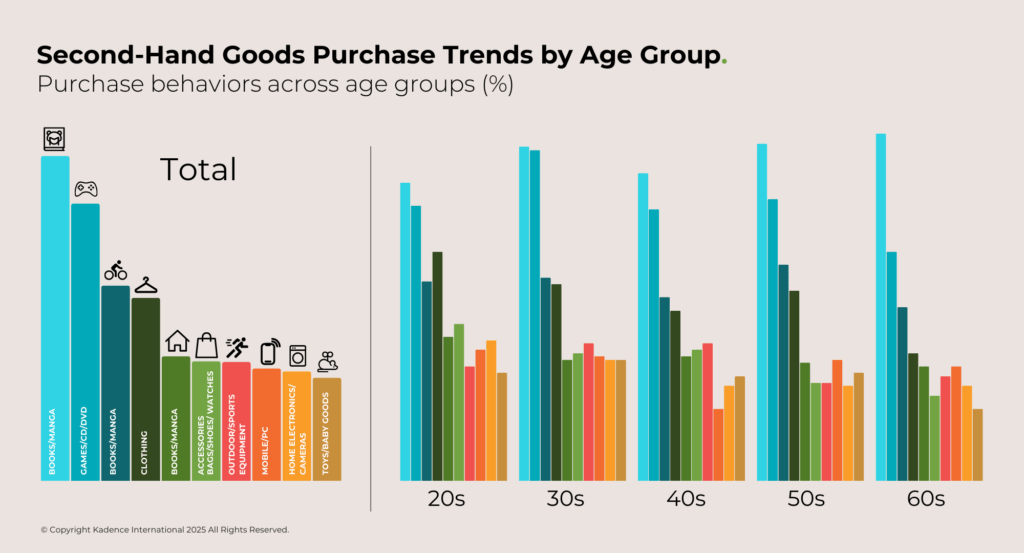
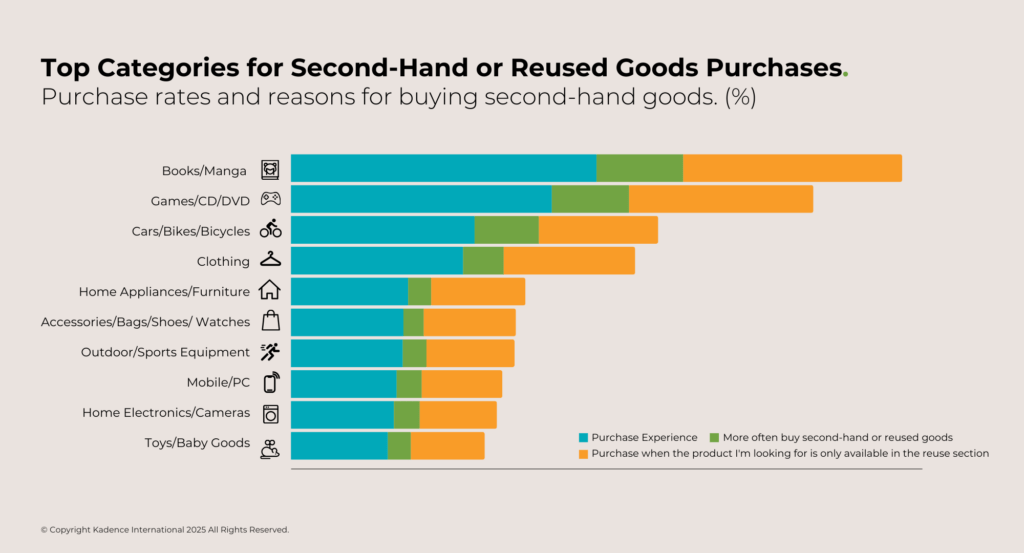

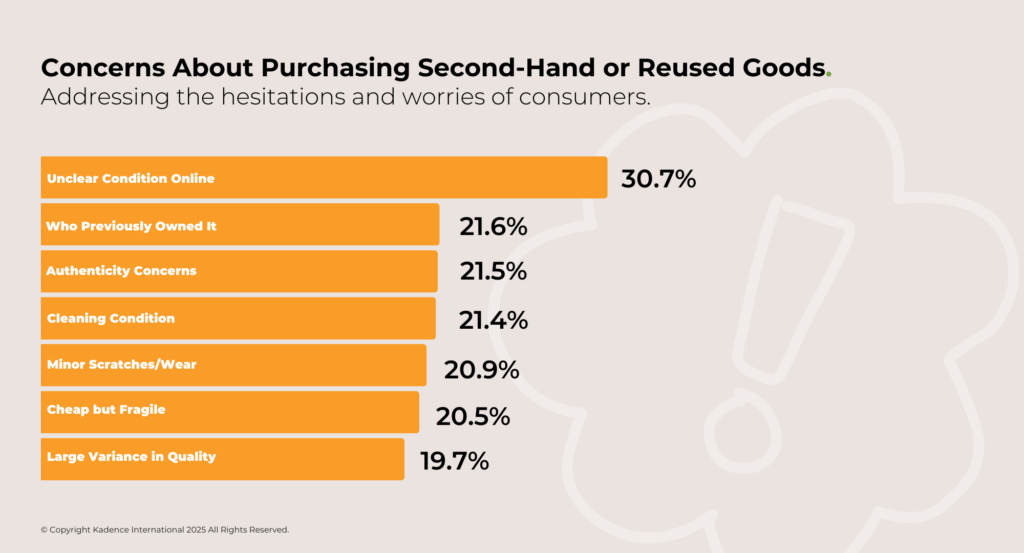
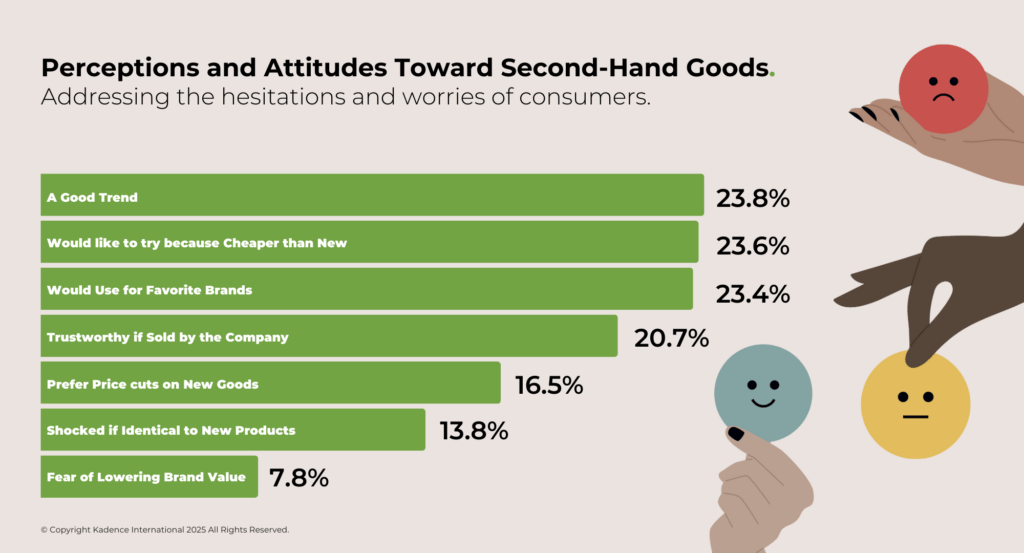
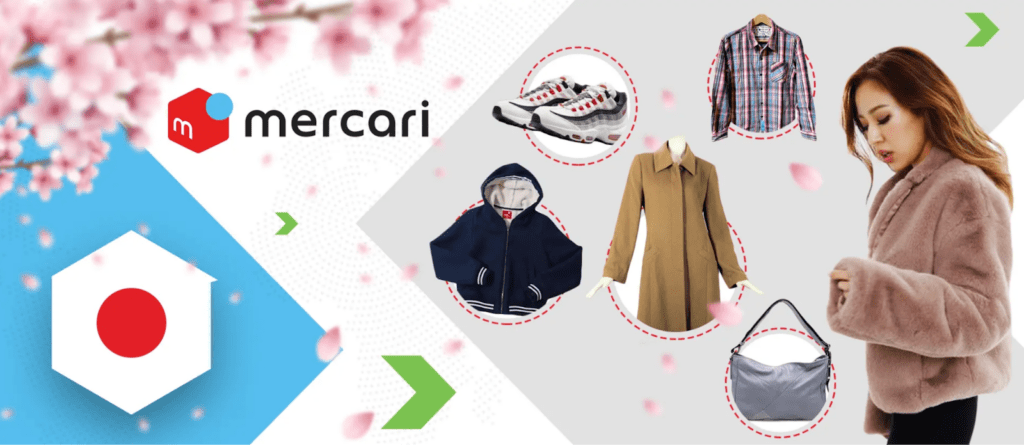

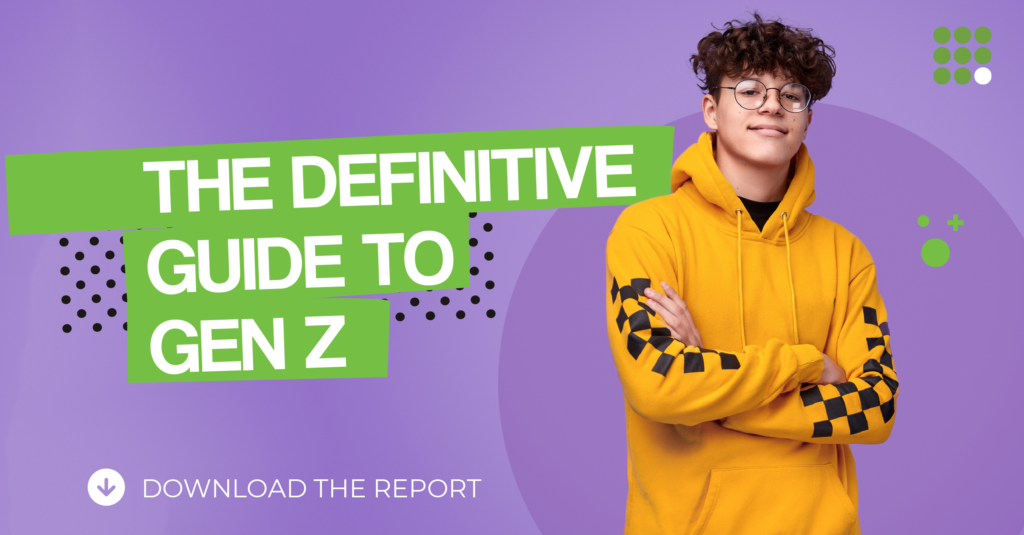


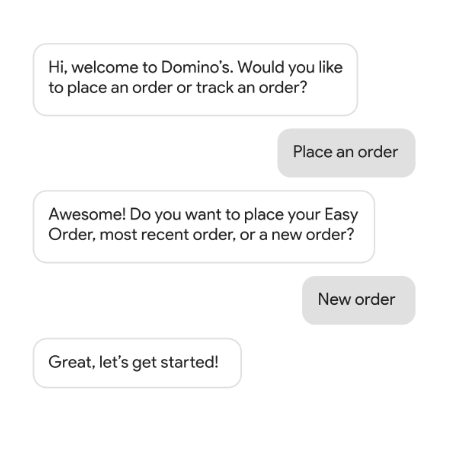




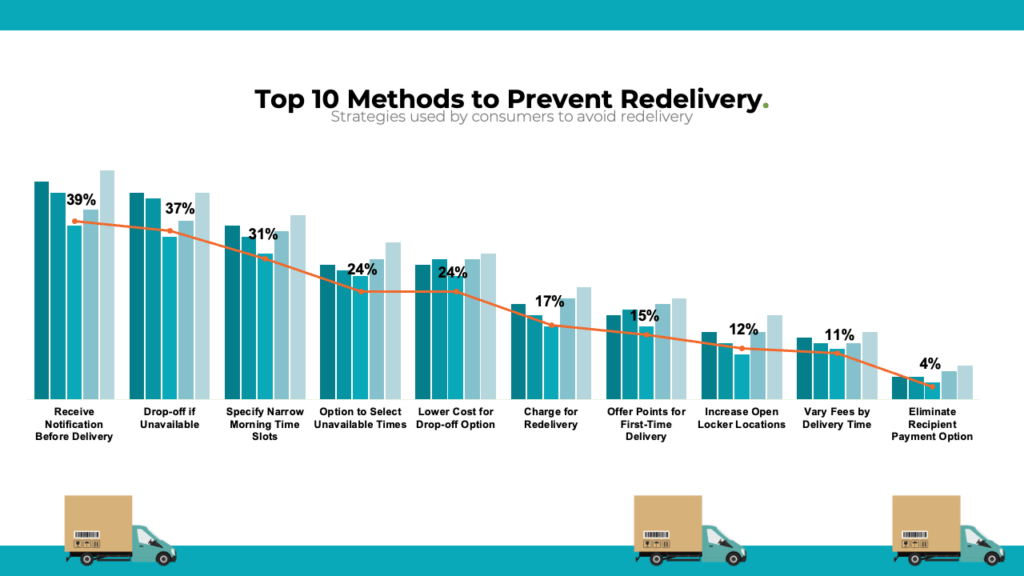

 Senior Marketing Executive
Senior Marketing Executive Sales & Marketing
Sales & Marketing General Manager PR -Internal Communications & Government Affairs
General Manager PR -Internal Communications & Government Affairs Vital Strategies
Vital Strategies
 Customer Intelligence Director
Customer Intelligence Director